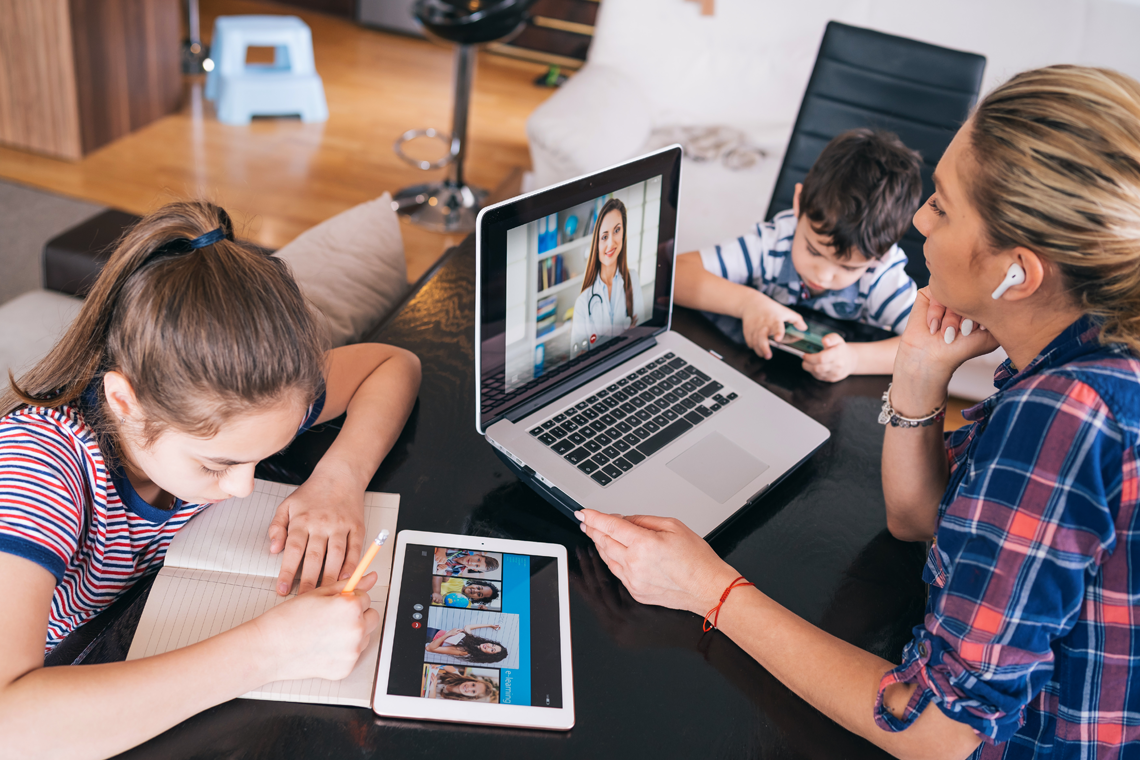News and Events
Top 3 Ways to Protect Yourself Online

Author: Kaylan Boinapalli, Midco Vice President of IT
How often do you use the internet? Whether it’s for working, streaming your favorite shows or video chatting with family, odds are you are in an almost constant state of being connected.
And while relying on the internet is a part of our daily lives, we still need to be on guard. Between spam and phishing attempts, scammers are always looking for any opportunity to take advantage of people.
Before you toss your tech out the window, there are a few things you can do to protect yourself while still enjoying your favorite online activities.
1. Stay cautious of phishing attempts.
Texts, emails or even social media direct messages, there are many ways you could be targeted. Before you click or respond to these messages, go through this checklist.
- Did you request this information? Be wary of unsolicited emails, texts or calls asking for personal or login information.
- NOTE: Midco will NEVER ask for your password or sensitive information via email, phone or social media.
- What’s the URL? Check the URL carefully by hovering over the link to reveal where it will actually take you.
- Are there mistakes? Watch out for poor grammar, spelling mistakes or other odd phrases. These are all red flags.
- NOTE: AI (artificial intelligence) is making these attempts more sophisticated. So, even if there are no mistakes, it still could be a scam attempt.
- Can you verify the request independently? Do not use the links in the email. Find the verified accounts or website on your own to ensure whether it’s a valid request.
When in doubt, delete these emails and messages.
2. Create strong and unique passwords.
A strong password can be the only thing between your data and cybercriminals. Follow these tips to create strong passwords for each of your logins.
- Avoid common words. Stay away from phrases, child/pet names or dates of birth that are easily guessed.
- Use a different password for each account. If one gets hacked, your others are still protected.
- Enable two-factor authentication. Push notifications or SMS verifications add another layer of security by requiring you to enter a specific code before accessing accounts or certain data.
- Never share passwords. Keep your passwords to yourself and never write them down where they could be easily seen.
3. Don’t share sensitive info over public Wi-Fi.
From the airport to your local coffee shop, open and unsecured Wi-Fi networks are everywhere. These can be helpful in a pinch, but there are a few things you should know before logging on.
- Sending a postcard vs. a letter. Using public Wi-Fi is like putting your information on a postcard instead of in a sealed envelope – anyone can read it. This makes stealing things like your passwords or credit card info easy.
- The fake hotspot. Hackers can easily set up a fake hotspot to trick people into thinking it is legitimate. This gives them access to monitor what you’re doing while connected.
- Limited traffic monitoring. These connections can have limited security, which leaves the network open for potential malicious activity and you unprotected from malware.
- Be smart about what you send. Public Wi-Fi does not give you privacy. Don’t access sensitive information like your bank details or purchase things online.
Looking for more tips on how to stay safe online?
See all the other ways you can avoid threats and keep your information secure.



